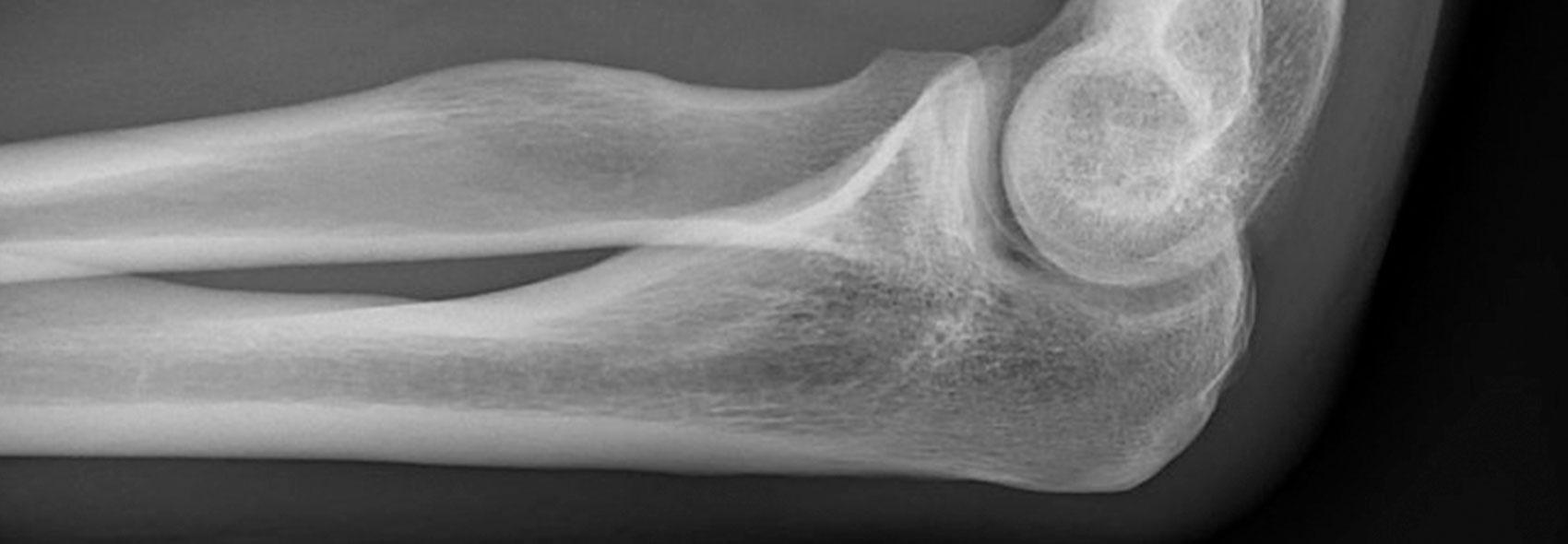The quest
for better.
Sign up to our mailing list to discover the future of beauty and wellness.
6 Minute ReadTrend Report by Jessica Lacey
21.02.22 (Updated 13.12.22)
You've probably seen those pictures of celebrities sitting back with drips in their arms. You probably thought of them as a high-end luxury health kick, the hype surrounding them buoyed by social media snaps of Gwyneth Paltrow and Chrissy Teigen hooking themselves up. But with increasing awareness of the need to bolster our immune systems, there’s a new wave of drips entering the market, and suddenly, we're all interested. With the vitamin drip repertoire stretching to supporting immunity, fighting anxiety, easing hangovers, anti-ageing antioxidants, detoxification, even plasma boosting - what we all want to know is, do they work?

Dr Tamsin Lewis, longevity doctor and founder of wellness concierge Wellgevity, is passionate about proactive and preventative healthcare, and for her that includes judiciously administered IV vitamin drips. “I’ve been using them for almost ten years and many of my clients love them.” But the key, she points out, is the vast discrepancies in quality. “Right at the bottom - and to be avoided - there’s the shopping mall neon drips,” she warns, referring to the high street, franchised bars with questionable accreditations. She notes they often dye their drips with food colouring to jazz them up. “At the polar top end, Intravita regulates IV ingredients in the UK, and I like to use a German company who have great quality amino acids and vitamins.”
Then there’s Lanserhof – a collection of elite destination clinics worldwide who offer exceptional wellness treatments including high-quality vitamin drips. One being a highly specific ALA (Alpha-Lipoic Acid) infusion to support mitochondrial function. “You have to be able to trust the place doing them,” stresses Dr Tam. “IV infusions should be a medically-led service with a doctor on site overseeing all prescriptions and procedures. Personalisation matters and the efficacy of intravenous vitamin drips heavily depends on people’s health baseline. A tailored treatment should start with a health questionnaire and a blood pressure check, then ideally they should carry out blood screening and obtain a full medical history to detect deficiencies.” Blood tests can only show your levels of vitamin B12, B9, magnesium and vitamin D, she admits, and they can’t look at vitamin C or other B vitamins, “so there is a limit to what can be measured and how bespoke you can truly get.”
The body likes balance and a surplus of anything will either be swiftly passed out or hang around to slow down other processes. Drips are often seen as a quick fix or power boost, but you can overdo it. “I’ve seen people supplement with vitamin B12 and then take it in IV form and tests show it sloshing around in the blood, not getting into the cells. We don’t really know what it can do but that excess gets stored in the liver which isn’t ideal. Often 1-3mg of nutritional lithium drops pushes vitamin B12 into the cells where it can actually do the work.”

Read around the topic of vitamin drips for the briefest of times and you’ll see a huge disparity between the huge health benefit claims and hard medical evidence. Dr Tam explains the reason for this is down to the benefits being impossible to calculate. “How do you prove an increase in energy levels, a lift in mood, or better sleep? How do you measure immunity? In the number of colds you get each winter? That’s simply too subjective to gain clinical evidence from.”
The pro to vitamin drips is in their delivery; with a vitamin drip your body absorbs a much higher concentration of vitamins, compared to if you swallowed them in capsule form. This is because all nutrients get broken down in the stomach and digestive tract and there’s a limit to how much can be biologically absorbed. Some experts suggest oral absorption to be around 50%, whereas IV absorption can be closer to 90%. Going direct to vein has a clear advantage, but only if you have a deficiency in that nutrient: anything over the dosage required will just result in you paying for really great quality urine.

“If you live a stressful life, are exposed to free radicals, air pollution, bugs from public transport or you’re constantly jetting over the world, you could benefit from a nutrient boost directly into the veins. These things impact the amount of oxidative stress in your body and cause deficiencies, so need for vitamin B and antioxidant support is higher. B vitamins and amino acids work well in drip form and can all help how people feel and function,” explains Dr Tam.
Glutathione is an excellent cosmetic antioxidant that isn’t easily absorbed by the body but works well in IV drip form. It can give skin a boost, plumping out fine lines, unifying tone, smoothing texture and increasing radiance. Likewise vitamin C, if given early on enough in a viral illness, can halt the progression of it.
“I often find my clients like the ‘natural Valium’ effect of magnesium that’s incredibly relaxing. Intravenous magnesium takes you out of your head and into your body and reduces blood pressure but can do too much, so you need to know what you’re doing. Having a food first approach with high nutrient density in your diet is a priority and if you’re someone who eats healthy balanced diet and has low stress levels, the likelihood is you don’t need vitamin drips,” says Dr Tam.
There are also stories of people getting infections from vitamin drips. Any time you have an IV line inserted, you’re creating a direct path into your bloodstream and bypassing your skin’s defence mechanism against bacteria. People with health conditions like kidney disease or renal failure shouldn’t have IV vitamin therapy because they’re unable to remove certain minerals from the body. Likewise, those with heart or blood pressure conditions should also avoid IV vitamin therapy as there is risk of fluid overload.

The bad news for us all right now, is that Vitamin D cannot be delivered a drip form. “Anything that you can’t dissolve, you can’t put in a drip,” explains Dr Tam. There are four fat soluble vitamins – A, D, E & K – that all need to be dissolved in fat before they can be bioavailable to the body. And you can’t inject fatty stuff into a vein. Vitamin D can be administered as an intermuscular injection, however, this method still won't outperform the vitamin D element of the LYMA Supplement, where the robustly patented Vita-Algae D3™ is dosed at the medically proven 2,000 i.u. a day, and further combined with vitamin K2 for increased effect and building calcium into bones.

“Bioavailability is how much of what you take gets used by the cells and I believe the more that supplements become bioavailable, they will negate the need to stick a needle in your arm," says Dr Tam. "So, as the supplement industry advances in that direction, it will rival the efficacy of the intravenous drip.”
This is where LYMA dominates the conversation; engineering peer-reviewed nutraceuticals with unrivalled patented delivery systems. Evidence-based supplements dosed at the exact level they’ve been clinically proven to be effective at, so as to meet deficiencies head on. As a rather neat comparison, a month’s supply of LYMA costs £150 – the average price of one vitamin drip infusion. As Dr Tam points out, evidence-based nutraceuticals should soon be swallowing the vitamin drip market whole.